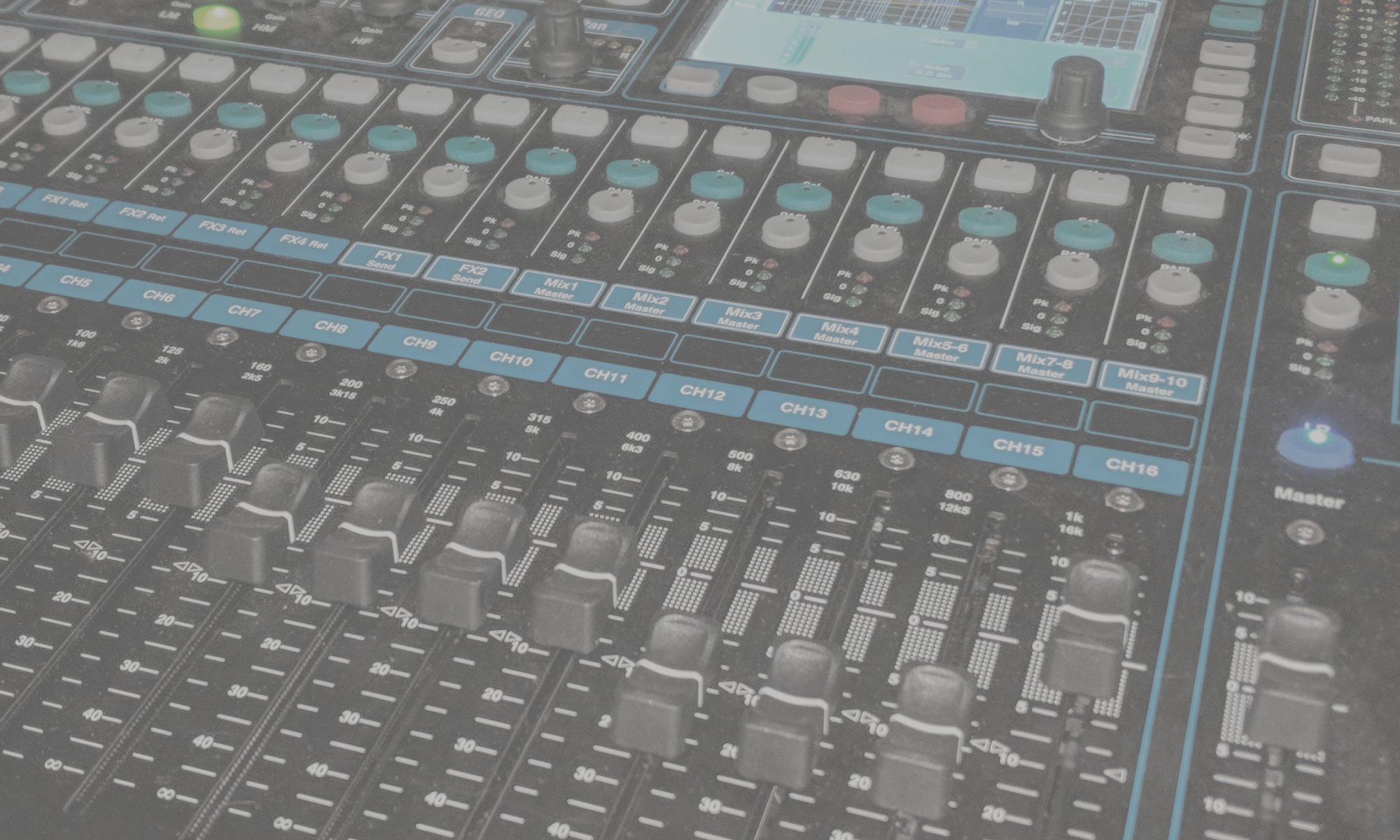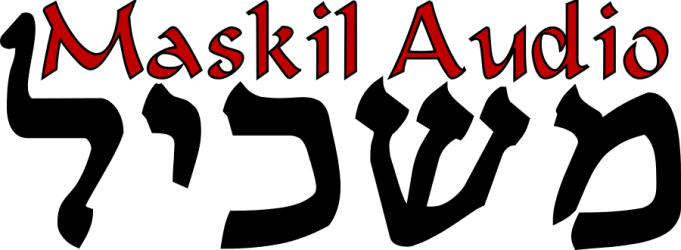To simplify the previous page’s drawing a bit, you can consider everything in a mix one of 5 categories, as explained by Bobby Owsinski on his blog (excerpting from his excellent book, Music Producer’s Handbook):
• Foundation – The Rhythm Section. The foundation is usually the bass and drums, but can also include a rhythm guitar and/or keys if they’re playing the same rhythmic figure as the rhythm section. Occasionally, as in the case of power trios, the Foundation element will only consist of drums since the bass will usually have to play a different rhythm figure to fill out the sound, so it becomes it’s own element.
• Pad – A Pad is a long sustaining note or chord. In the days before synthesizers, a Hammond Organ provided the best pad and was joined later by the Fender Rhodes electric piano. Synthesizers now provide the majority of pads but a real string section or a guitar power chord can also suffice.
• Rhythm – Rhythm is any instrument that plays counter to the Foundation element. This can be a double time shaker or tambourine, a rhythm guitar strumming on the backbeat, or congas playing a Latin feel. The Rhythm element is used to add motion and excitement to the track.
• Lead – A lead vocal, lead instrument or solo.
• Fills – Fills generally occur in the spaces between Lead lines, or can be a signature line. You can think of a Fill element as an answer to the Lead.
Within these 5 categories, similar practices apply in to whatever instrument hides in there, so we’ll treat them not as individual instruments, but as groups.
Lead
Put simply, this is the most important part of the mix. It’s why people pay attention, be it a vocal, saxophone, trumpet, guitar, or didgeridoo. (If someone has a didgeridoo solo they would like recorded, I would love to have that experience; I can’t say I’ve ever heard a live didgeridoo.) Because of its importance, a lead instrument should also be the center-point of your mix. Be it in frequency, pan, or depth this part is king. Usually, this means the low-mid frequencies will be occupied by the lead, and it will have minimal reverb/delay/chorus. That’s not to say it won’t have any, simply that the wet/dry mix (the blend between plain signal [dry] and that affected by the effect [wet]) will be on the dry side. Also, the lead instrument tends to be panned dead-center, or very nearly center. This is the central focus around which you build your mix; everything else is secondary to it.
Foundation
The foundation is the second-most important part of a mix. Try to imagine a dance tune without four-on-the-floor, funk without bass, or punk without its kick/snare dichotomy and you’ll get the idea. The foundation is what gives the music its pulse. Like the lead, the foundation tends to be panned (on average) toward the center with light reverb/delay/chorus, but the frequency range foundation instruments occupy are, essentially, everything that the lead doesn’t. The foundation is the glue that holds your mix together.
Fills
Fills, as the name implies, occupy the empty spaces in time an arrangement left by the lead instrument. Sometimes these are guitar fills, drum fills, vocal runs — things created by another instrument. Other times, the fill is created by effects, a long delay with little feedback on a lead vocal is one example of this. Fills, while important, are by their very nature designed to be somewhat background, and their placement in a mix can vary greatly. These do not need to be individual instruments, but instead are “parts” — lines played to complement the lead.
Rhythm
When I deal with the rhythm portion of an arrangement, I tend to put it in a similar frequency range as the foundation, with the difference being more reverb/delay/chorus (to put it farther back in the mix) and panned significantly away from center. I use rhythm and pad elements to create space in a mix, with the focus primarily on the rhythm instruments. Rhythm parts do the same thing for the foundation that fills do for the lead.
Pad
Pads fill space. That’s really what it comes down to. They add sense of substance to the mix by filling any holes left behind. Because of this nature, I put them where they fit in the mix, usually hard panned left and right in the upper-mid or low frequency ranges. These can be synthesizers, strings, reverb tails, and more. Pads are meant to be missed when they aren’t there, but not noticed when they are.
Empty Space
While not technically a mix element, sometimes the absence of something is as important as its presence. There are always times when it is valuable to leave a space in a mix, whether to create contrast from section to section or to build a specific feeling to the sound.

